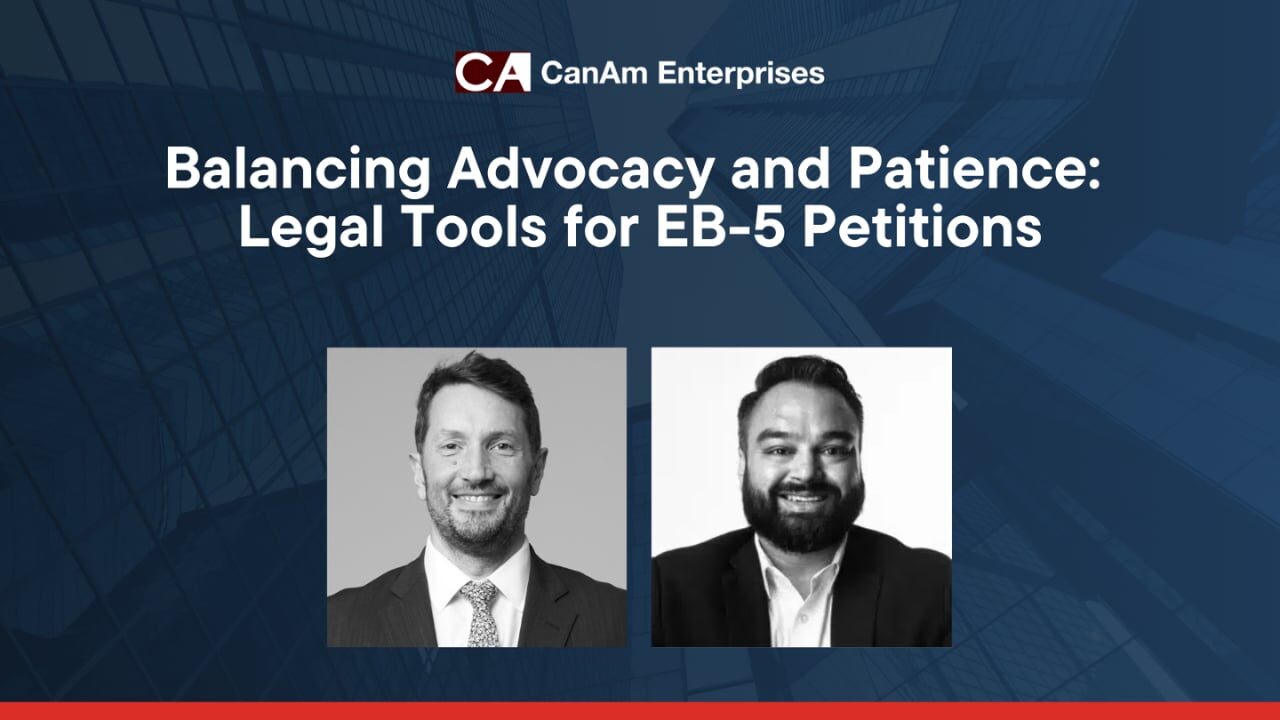Saving for retirement is often the number one financial goal for many people. Yet statistics consistently show that most individuals and married couples are not well prepared for their golden years.
According to the U.S. Government Accountability Office (GAO), nearly one-third of American households age 55 and older do not have a retirement savings account or a defined benefit plan, such as a pension to support spending during retirement. Those that do have retirement savings may find they are woefully inadequate. The median amount of those savings was about $104,000 for households age 55-64 and $148,000 for households age 65-74, according to a 2015 GAO Report.
Savvy investors are not only building wealth and saving for retirement, but they also are working with advisors to set up a comprehensive plan for retirement that factors in important variables such as income, expenses and lifestyle.
How much is enough? This is one of the most common questions in retirement planning. A common number often suggested as a financial planning target for the average investor is $1 million. The reality is that there is no single correct answer. The answer for some might be $5 million, $10 million or higher. The amount necessary to comfortably support retirement can vary widely depending on an individual or married couple’s lifestyle, as well as an analysis of income generated from an investment portfolio related to spending and expenses that could be incurred during retirement.
Set a retirement date
There is no required age for retirement. Some individuals might choose to retire at 50, while others work into their 70s and beyond. However, the target date and the age an individual is at retirement plays a key role in financial planning. For most people, taking an “early” retirement means living longer with no or reduced income, which will require more savings to support retirement.
Age also plays an important role in how to structure investment vehicles. For example, the IRS allows penalty-free withdrawals from retirement accounts, such as a 401(k) or IRA, after age 59 ½ and requires withdrawals or minimum distributions after age 70 ½. So while setting up dedicated retirement accounts comes with the benefits of tax savings, it also is wise to have non-retirement accounts that provide liquidity and flexibility to support spending for those who chose to take an early or partial retirement. U.S. citizens also are eligible to start receiving any accrued social security benefits as early as age 62 or as late as age 70.
The estimated time an individual has until the retirement target date is an important factor when planning an investment strategy. An individual in their 30s with more time ahead before retirement may adopt a very different investing strategy versus some in their 50s who has a shorter time frame to build and preserve wealth.
Understand your expenses
One of the basic principles for any financial strategy is not just building wealth for retirement, but also looking at wealth and income in relation to spending habits and expenses. Individuals and married couples should take a realistic view of expenses necessary to support their desired lifestyle. Oftentimes, retirement can mean a change in lifestyle that impacts spending, such as more time spent on leisure travel.
In addition, deciding where to spend retirement years can impact financial planning if retirees decide to continue to live in a high cost of living state, such as New York, or relocate to a lower cost state, such as Florida or South Carolina. So, it is important to take future lifestyle into account when planning for retirement spending. Retirement budgets also needs to account for rising costs associated with expenses such as healthcare, long-term care insurance and cost of living.
Ultimately, retirement planning is about building wealth and creating financial security that can be sustained throughout the retirement years. Those plans need to take into account an individual’s financial goals and objectives, as well as risk tolerance that influences investment strategy. Likewise, it is important to periodically review and update plans as goals and risk tolerance may change over time. As with any investment and financial planning strategy, it is important for investors to conduct careful due diligence and work with a trusted advisor.





